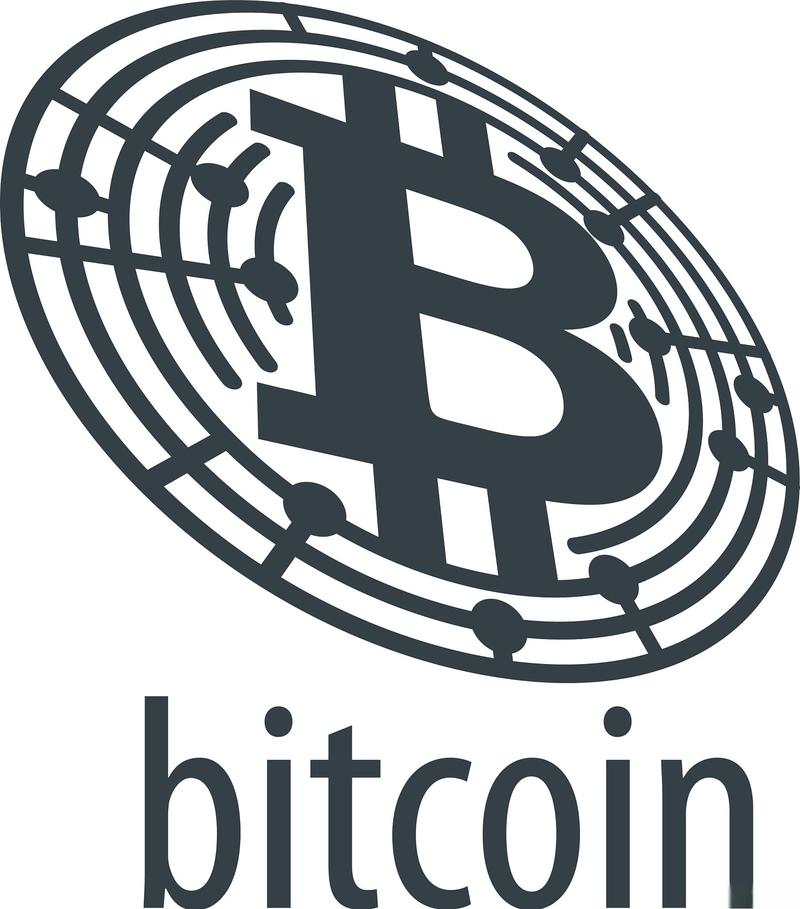Eth is Not a Coin: A Comprehensive Overview
When it comes to cryptocurrencies, Ethereum (ETH) often gets lumped together with Bitcoin (BTC) and other digital currencies. However, ETH is not a coin in the traditional sense. It’s a platform, a network, and a technology that has the potential to revolutionize various industries. Let’s delve into the multifaceted aspects of Ethereum to understand why it’s more than just a digital currency.
Understanding Ethereum’s Unique Position
Ethereum was launched in 2015 by Vitalik Buterin, a Russian-Canadian programmer. Unlike Bitcoin, which is primarily a digital currency, Ethereum is a decentralized platform that enables the creation of smart contracts and decentralized applications (DApps). This unique position has made it a cornerstone in the blockchain industry.

The Power of Smart Contracts
Smart contracts are self-executing contracts with the terms of the agreement directly written into lines of code. They run on the Ethereum network and automatically enforce and execute the terms of an agreement when predetermined conditions are met. This has opened up a world of possibilities for businesses, developers, and individuals alike.
Here’s a table showcasing some of the key features of smart contracts:
| Feature | Description |
|---|---|
| Decentralization | Smart contracts are executed on the Ethereum network, which is decentralized and not controlled by any single entity. |
| Immutability | Once a smart contract is deployed, its code cannot be changed, ensuring the integrity of the agreement. |
| Transparency | Smart contracts are transparent and can be audited by anyone on the network. |
| Security | Smart contracts are secured by the Ethereum network, making them resistant to hacking and fraud. |
Decentralized Applications (DApps)
One of the most significant impacts of Ethereum has been the rise of decentralized applications. DApps are applications that run on a decentralized network, typically the Ethereum blockchain. They offer numerous benefits over traditional applications, such as increased security, privacy, and reduced costs.
Here are some popular DApps built on the Ethereum platform:

| DApp | Description |
|---|---|
| Uniswap | A decentralized exchange that allows users to trade cryptocurrencies without a centralized authority. |
| Decentraland | A virtual reality platform that enables users to create, experience, and monetize content and applications. |
| Augur | A decentralized prediction market platform that allows users to bet on various outcomes. |
Ethereum 2.0: The Future of Ethereum
Ethereum 2.0 is a major upgrade to the Ethereum network that aims to improve scalability, security, and sustainability. The upgrade includes several key changes, such as moving from a proof-of-work (PoW) consensus mechanism to a proof-of-stake (PoS) mechanism, which will significantly reduce energy consumption.
Here’s a table summarizing the key features of Ethereum 2.0:
